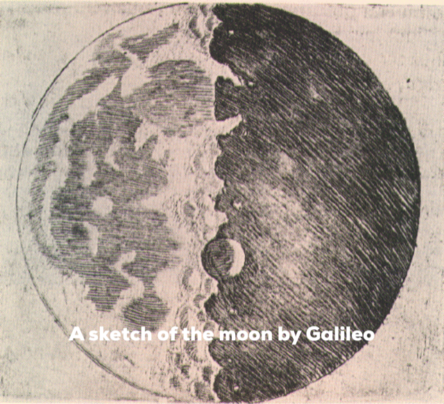 • DEC 2 – On this day in 1609, Galileo used the small telescope that he built himself to look at the moon. Rather than seeing a perfect and unblemished sphere, which, at the time, was the predominant idea as to what all heavenly bodies should be, he saw that the moon was “uneven, rough, full of cavities and prominences.”
• DEC 2 – On this day in 1609, Galileo used the small telescope that he built himself to look at the moon. Rather than seeing a perfect and unblemished sphere, which, at the time, was the predominant idea as to what all heavenly bodies should be, he saw that the moon was “uneven, rough, full of cavities and prominences.”
• DEC 4 – Moon is at first quarter.
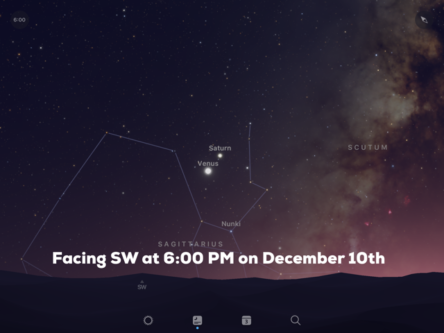
• DEC 10 – Right after sunset, go outside and look towards the SW to see Venus and Saturn in conjunction, low to the horizon. Venus will appear as the brighter of the two and the brightest object in this part of the sky.
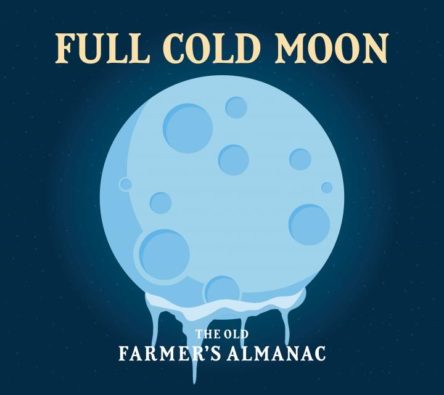
• DEC 12 – Full moon. Throughout history, various cultures from around the world have assigned names to each month’s full moon. This was a common practice as many cultures used the lunar cycle to mark the changing seasons. For many Native American cultures, this month’s full moon was known as the “Full Cold Moon”, not surprising since the winter solstice occurs on the 21st of December and the nights are not only longer and darker, but also colder. For the Old English/Anglo-Saxon cultures, December’s full moon was known as “The Moon Before Yule” and “The Wolf Moon”.
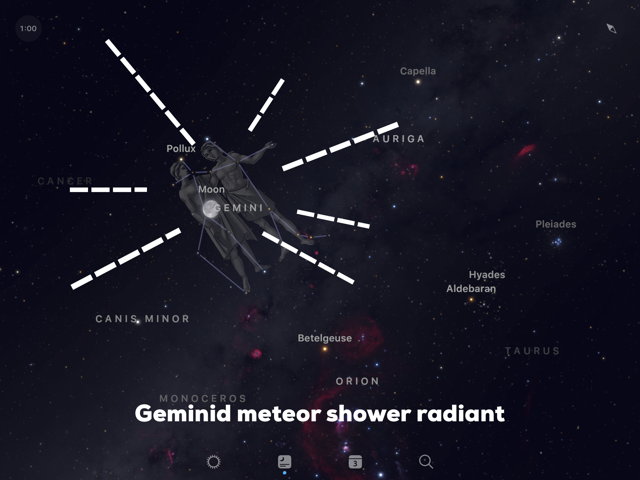
• DEC 13/14 – 2019 has been a bad year for meteor shower observers and December’s Geminids, one of the year’s best, is also going to be a disappointment. Why? The bright glare from a waning gibbous moon will obliterate all but the very brightest of meteors.
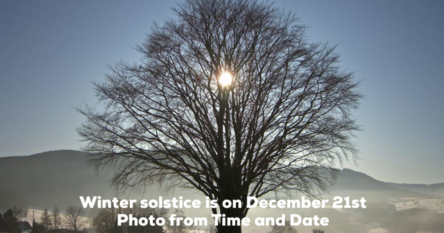
• DEC 21 – Winter solstice begins at 10:19 AM CST for the northern hemisphere.
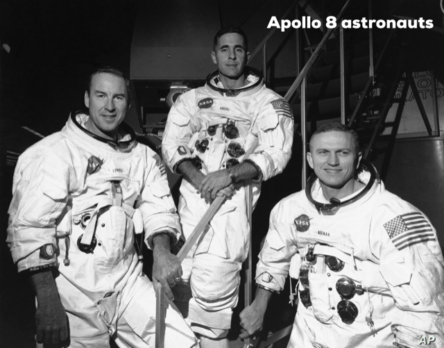
• DEC 24 – The astronauts of Apollo 8 become the first humans reach, and orbit, the moon. Frank Borman, Jim Lovell, and William Anders orbited the moon for 20 hours. On Christmas Eve, during a live TV broadcast, they read the first ten verses from the Book of Genesis, which, at the time, became the most watched TV program in history.
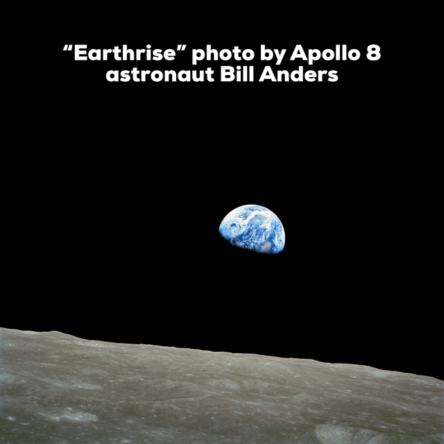
On their 4th orbit, they took one of the most famous photographs of all time, “Earthrise”, which Life Magazine later chose as one of its 100 photos of the century. The “Earthrise” photo is often credited as having played a pivotal role in ushering in the environmental movement of the 1960’s and 1970’s.
• DEC 26 – The moon is at new phase.
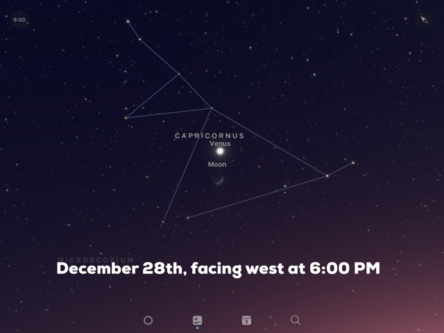
• DEC 28 – If your skies are clear, head outside after sunset to see a beautiful conjunction between Venus and a lovely crescent moon in the WSW.